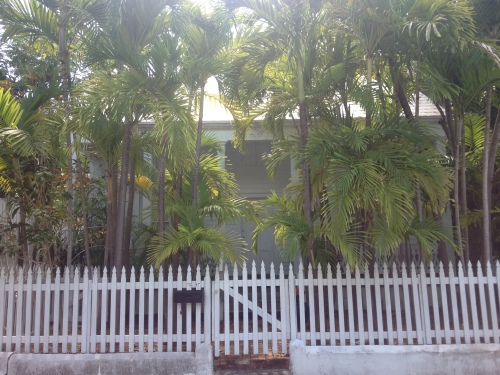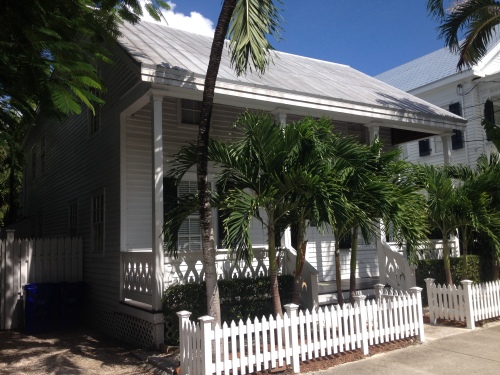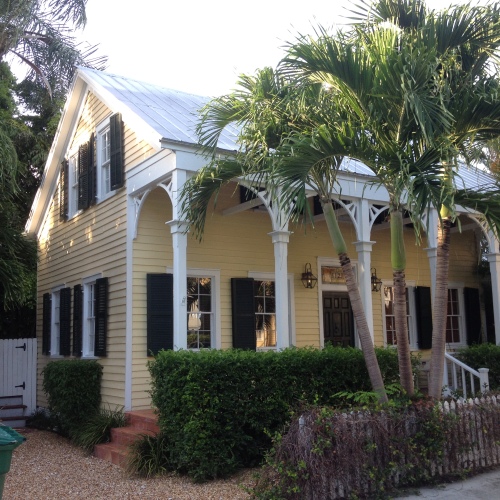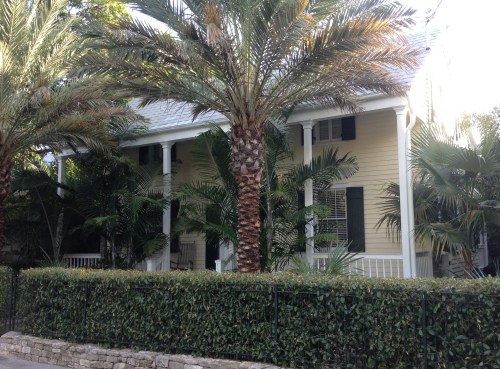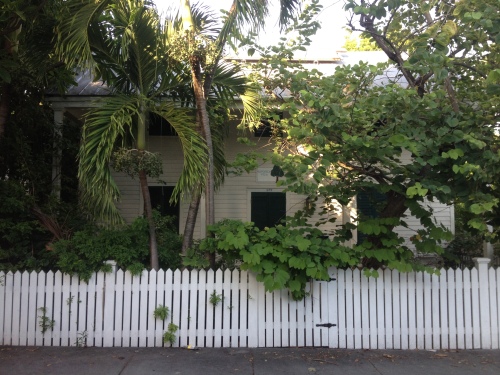The cremated remains of hundreds of hurricane victims are encapsulated in a crypt in the Florida Keys Memorial near US 1 on Upper Matecumbe Key. The approximately 300 dead were killed on September 2, 1935, by the Labor Day Hurricane. The Category 5 storm had winds of more than 200 mph and is the most intense hurricane on record to hit the United States.
The victims–many of whom were World War I veterans–were in the Keys to construct US 1, a Civil Conservation Corps project. Weather forecasting was nothing like it is today, but people did know a storm was coming. An 11-car train was dispatched from Miami to travel down the Florida East Coast Railway tracks to pick up the vulnerable workers and locals. A series of delays held up the evacuation train, and it reached the workers at about the same time as the full brunt of the storm. People scrambled into the cars. The train crawled ahead in the slashing rain and wind. It only made it to Islamorada before tidal waves of up to 20-feet high shoved all but the locomotive and its tender off the track. An estimated 400 people died in the storm. About 260 were veterans.
Initially, the plan in the aftermath was to collect the bodies and ship them to Miami for burial. But the intense heat accelerated decay and made the plan unfeasible. Instead, many of the bodies were burned in funeral pyres and the remains were collected.
The Moderne style Florida Keys Memorial, also known as the 1935 Hurricane Monument, was completed in 1937 at Mile Marker 81.5 to serve as a final resting place for the victims. It cost for $12,000. The 65-by-61 foot monument was built of coral limestone quarried nearby. It features an 18-foot tall frieze featuring waves and coconut palms blowing in the waves. The crypt is 22 feet long and has a tile map of the Keys on top. Artists with the New Deal’s Federal Art Project created the memorial. Harold Lawson came up with the memorial’s design, and sculptor Lambert Bemelmans carved the frieze. Ceramacist Adela Gizbet, craftsman William C. Shaw, and designers Allie Mae Kitchens and Emigdio Reyes completed the tile crypt.
More than 4,000 people attended the monument’s dedication on Nov. 14, 1937. It was listed on the National Register of Historic Places in 1995. Islamorada and the Florida Keys have long ago recovered from the 1935 Labor Day Hurricane, and visitors from across the globe congregate there to enjoy the year-round warmth and clear waters. In contrast, the Florida Keys Memorial is a powerful reminder of nature’s fury.
Read “Last Train to Paradise” by Les Staniford for more on the 1935 Labor Day Hurricane.

The Florida East Coast Railway train sent to evacuate the people in the storm’s path. All but the locomotive and tender were flung from the track.

Veterans housing after the storm. Source: State Archives of Florida, Florida Memory, http://floridamemory.com/items/show/149616

Miami Star Tribune coverage. Source: State Archives of Florida, Florida Memory, http://floridamemory.com/items/show/4200

Source: State Archives of Florida, Florida Memory, http://floridamemory.com/items/show/4191

Bodies lined up. Source: State Archives of Florida, Florida Memory, http://floridamemory.com/items/show/149614

Funeral pyre at Snake Creek. Source: State Archives of Florida, Florida Memory, http://floridamemory.com/items/show/38356

Dedication ceremony on Nov. 14, 1937. Source: State Archives of Florida, Florida Memory, http://floridamemory.com/items/show/149660

The casket’s remains contain an unknown veteran. Source: State Archives of Florida, Florida Memory, http://floridamemory.com/items/show/149596

Source: State Archives of Florida, Florida Memory, http://floridamemory.com/items/show/39346

1957. State Archives of Florida, Florida Memory, http://floridamemory.com/items/show/57275


Remnants of a sea creature in the limestone.










